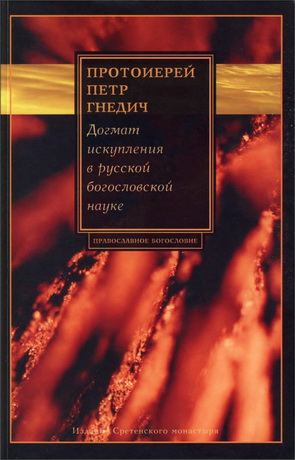
Bin-Nun - Lau – Isaiah - Prophet of Righteousness and Justice
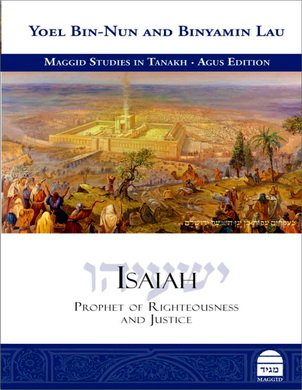
This book seeks to enrich the encounter between the contemporary Jewish reader and his or her ancient heritage, which is rooted in the Bible.
This encounter is critical for the formation of our Zionist identity with a foundation of sufficient depth and breadth. Zionist society crystallized as a result of the meeting between the Jew and the ancient biblical soil. The State of Israel sprung up out of this consciousness. During the years that followed the establishment of the State, however, society became estranged from its heritage and from the Bible in particular. On the religious front, many perceived Bible studies as a “secular” pursuit, mainly due to the assumptions made in academic circles about the human authorship of the Torah, and the focus on identifying apparent historical discrepancies in the Bible. On the secular front, many feared that the Bible had been “conquered” by the religious world, and was no longer relevant to the lifestyle of the new Israeli.
Recent years have seen an important shift in this paradigm, as the stalwart walls of alienation have begun to crack. The fissures in these walls have created an opportunity for new literary dialogue, which has the power to admit all who wish to enter.
The book you hold in your hand is the product of a dialogue between two very different people, an unlikely partnership. One of us is rooted in the world of exegesis, while the other is drawn to the world of literature. Nonetheless, the storyteller is fond of exegesis, while our exegete craves a good story. Bearing in mind that the whole is greater than the sum of its parts, this encounter motivated the creation of a joint work. Competing discourses gave way to a new language of collaboration and joined hands. The creation of this book demanded that we internalize the principle of “less is more.” As we worked, we learned how to conduct even the fiercest of arguments with respect, even love. We pray that this book truly reflects this joining of forces, and that our toil and efforts will indeed blossom and bear the fruit we prayed for.
One of the figures who helped shape our worldviews was Rabbi Yehuda Amital, of blessed memory. For both of us, he was a model of love for Israel, love for Torah, and deep responsibility towards the State of Israel and its institutions. Rabbi Amital was the person who, when founding Yeshivat Har Etzion, made sure that the Bible was given pride of place in the study hall, without apologetics. Under his instruction, Bible study became a requisite, integral part of the yeshiva curriculum, and of the worldview of the Torah Jew. He is deeply missed. It is with great love and respect that we dedicate this collaboration to his memory, and wish his entire family a long and fruitful life.
Yoel Bin-Nun and Binyamin Lau – Isaiah - Prophet of Righteousness and Justice
First English Edition, 2019. – Jerusalem: Maggid Books, An imprint of Koren Publishers Jerusalem Ltd. – 276 p.
ISBN 978-1-59264-376-9, hardcover
Yoel Bin-Nun and Binyamin Lau – Isaiah – Contents
Preface
Introduction: Isaiah the Prophet – a Poet on the Streets of Jerusalem by Binyamin Lau
Introduction: Isaiah – an Encounter with Biblical Innovation by Yoel Bin-Nun
PART ONE: THE DAYS OF UZZIAH
- Isaiah Prophesies in Jerusalem (750 BCE)
- Isaiah 2–4: A Vision of the End of Days – the Beginning of Isaiah’s Prophecy
- Isaiah 5: The Parable of the Vineyard
- Isaiah 6: Uzziah’s Leprosy and Assyria’s Ascent (738 BCE)
- Jotham Son of Uzziah
PART TWO: THE DAYS OF AHAZ
- Isaiah 7–8: Isaiah before King Ahaz of Judah (734–732 BCE)
- Israel is Conquered and Judah Surrenders (732 BCE)
- The Kingdoms of Israel and Judah under Assyrian Rule (731–727 BCE)
- Isaiah 9:7–10:4: Isaiah’s Prophecy of Israel’s Shame
- Ahaz’s Final Days: Israel and Judah under Assyrian Rule
PART THREE: THE DAYS OF HEZEKIAH
- Hezekiah’s Revolution: A Return to Former Glory (727–715 BCE)
- The Days of Hosea Son of Elah: Samaria’s Impending Destruction (727–722 BCE)
- Sargon Continues his Military Campaign (717 BCE)
- Hezekiah’s New Vision: A United Kingdom (716–715 BCE)
- Isaiah 38: Hezekiah Falls Ill
- Isaiah 39: The Delegation from Babylon
- The Conquest of Babylonia and the Death of Sargon (710–705 BCE)
- The Rise of Sennacherib: Preparations for Rebellion in Jerusalem (705 BCE)
- Micah vs Isaiah: For and Against the Rebellion
- Sennacherib’s Campaign (701 BCE)
- Isaiah’s Prophetic Revolution: From Reproach to Reassurance
- Hezekiah Failed to Sing
- Isaiah 1: An Overview
PART FOUR: THE DAYS OF MANASSEH BY YOEL BIN-NUN
- Isaiah and His Disciples
- Isaiah 50–59: Chapters of Persecution – “Innocent Blood” and Reproach
- Isaiah 54–58: The Redemption – in Righteousness and Justice
- Isaiah 60–64: Complete Redemption and Devastating Destruction – Vision vs Reality (III)
- Isaiah 65–66: The Struggle Against Foreign Worship (II)
- The Prophetic “Songs of Songs”
APPENDICES
- Appendix 1: Hezekiah Failed to Sing – the Open and Closed Mem
- Appendix 2: A Comparison of Isaiah’s and Micah the Morasthite’s Visions of Redemption
- Timeline According to the Commonly Accepted Chronology

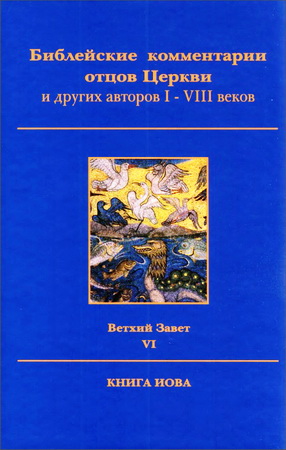
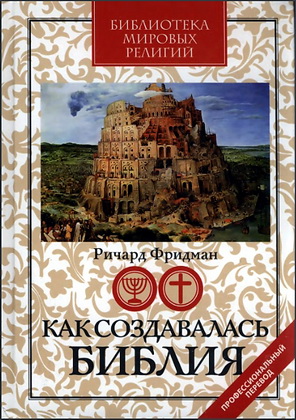
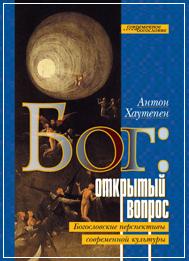
Комментарии
Пока нет комментариев. Будьте первым!